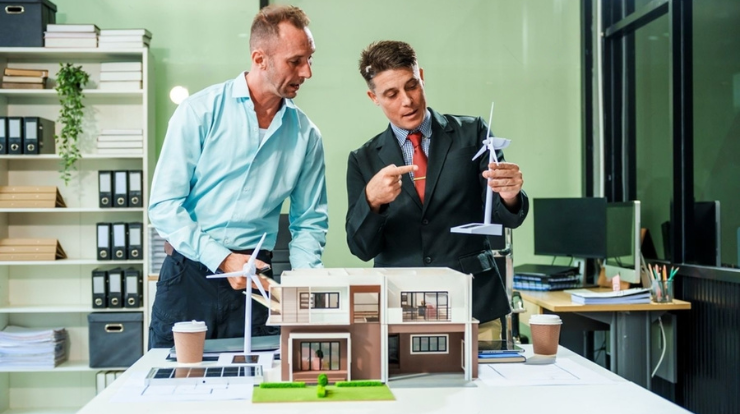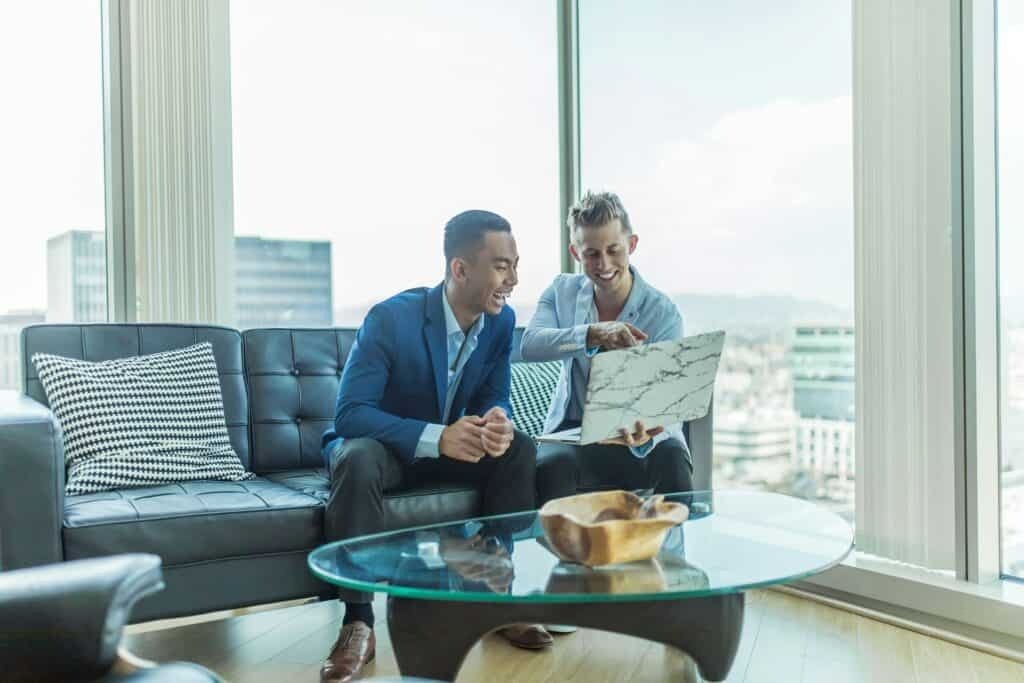Architectural model making plays a crucial role in Dubai’s thriving construction and real estate sector. As the city increasingly focuses on sustainability, many model makers are adopting eco-friendly practices.
In line with Dubai’s commitment to becoming a sustainable and innovative hub, eco-friendly architectural model making is gaining momentum. This guide explores the sustainable materials used in architectural models and their impact on Dubai’s green initiatives.
1. Biodegradable Plastics
Biodegradable plastics are increasingly popular in Dubai’s architectural model making industry. Traditional plastics contribute significantly to waste and pollution. In contrast, biodegradable plastics decompose naturally over time.
Polylactic Acid (PLA), derived from renewable sources like corn starch and sugarcane, is widely used. It is both durable and sustainable. Dubai’s focus on green practices makes PLA a favored choice among model makers looking to reduce their carbon footprint.
Benefits of PLA in Model Making:
- Low environmental impact
- Non-toxic and safe for indoor use
- High precision in 3D printing
2. Recycled Cardboard and Paper
Cardboard and paper are classic materials for architectural models. However, the shift towards recycled versions is significant in Dubai. Recycled cardboard is cost-effective and environmentally friendly. It is also versatile and can be cut, shaped, and painted to fit various design needs. Model makers in Dubai often use recycled paper for producing fine details.
Why Recycled Cardboard and Paper?
- Minimal waste production
- Lightweight and easy to handle
- Fully recyclable after use
3. Sustainable Wood and Bamboo
Dubai’s architectural industry is known for its luxurious projects. But even here, sustainability is taking center stage. Wood from sustainable sources like FSC-certified forests is becoming common in model making. Bamboo is another alternative that is eco-friendly and highly renewable. It grows rapidly and requires minimal resources.
Advantages of Using Sustainable Wood and Bamboo:
- Natural aesthetic appeal
- Durable and strong for large models
- Easily sourced from certified suppliers in Dubai
4. Cork
Cork is another sustainable material used for architectural scale models Dubai. It is lightweight, flexible, and biodegradable. Harvested from cork oak trees, the material can be extracted without harming the tree, making it an eco-friendly choice. Model makers in Dubai utilize cork for base structures and terrain features.
Key Benefits of Cork:
- Excellent insulation properties
- Water-resistant and durable
- 100% biodegradable and recyclable
5. Natural Adhesives and Eco-Friendly Paints
The use of adhesives and paints in model making often involves chemicals harmful to the environment. However, Dubai’s eco-conscious model makers are turning to natural adhesives made from plant-based resins and starches. Additionally, eco-friendly paints, which are free from volatile organic compounds (VOCs), are now standard in sustainable model making.
Benefits of Natural Adhesives and Paints:
- Non-toxic and safe for indoor environments
- Reduced emissions and pollutants
- Maintains indoor air quality
6. Bio-Based Composites
Bio-based composites are emerging as innovative materials in Dubai’s architectural model making scene. These composites combine natural fibers like hemp, flax, or jute with bio-resins. They are strong, lightweight, and biodegradable. Bio-based composites are used for creating intricate designs that require both durability and flexibility.
Why Choose Bio-Based Composites?
- Reduces reliance on petroleum-based materials
- High strength-to-weight ratio
- Environmentally friendly disposal
7. Recycled Glass
Recycled glass is used to create transparent sections in architectural models, such as windows and facades. It is both sustainable and visually appealing. Dubai’s model makers are incorporating recycled glass to reduce waste while adding a touch of realism to their projects.
Advantages of Using Recycled Glass:
- Reduces landfill waste
- Adds realistic transparency
- Can be recycled multiple times
8. Organic Textiles
Incorporating organic textiles like cotton, jute, or hemp fabric is becoming popular in Dubai’s model making industry. These textiles can be used for landscaping elements, such as grass or trees, or for representing interior finishes. Organic textiles are biodegradable and sourced from sustainable farming practices.
Benefits of Organic Textiles:
- Adds texture and detail to models
- Biodegradable and renewable
- Minimal environmental impact
9. Reclaimed Materials
Dubai is home to numerous construction projects, which often produce excess materials. Architectural model makers are using reclaimed wood, metal, and other construction scraps to build models. This not only reduces waste but also gives a unique look to the models.
Why Use Reclaimed Materials?
- Cost-effective and sustainable
- Reduces construction waste
- Promotes circular economy principles
10. Eco-Friendly Foam Boards
Foam boards are commonly used for creating architectural models. However, traditional foam boards are not biodegradable. In response, Dubai’s model makers are turning to eco-friendly alternatives made from recycled content. These boards are lightweight, sturdy, and fully recyclable, making them perfect for sustainable projects.
Advantages of Eco-Friendly Foam Boards:
- Easy to cut and shape
- Reduced environmental impact
- Recyclable after use
Conclusion
Eco-friendly architectural model making in Dubai is more than just a trend. It reflects the city’s broader commitment to sustainability and innovation. By using sustainable materials like biodegradable plastics, recycled paper, sustainable wood, and eco-friendly adhesives, model makers can reduce their environmental impact significantly. These sustainable practices align with Dubai’s vision of becoming a global leader in green construction.
As Dubai continues to grow, integrating sustainable practices into all aspects of the architectural process, including model making, will be crucial. The use of eco-friendly materials not only benefits the environment but also supports Dubai’s goal of being a model for sustainable urban development in the Middle East.



